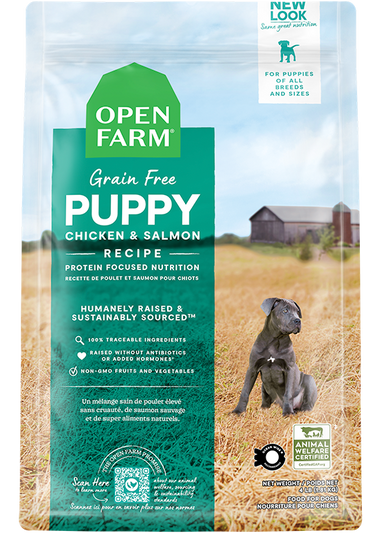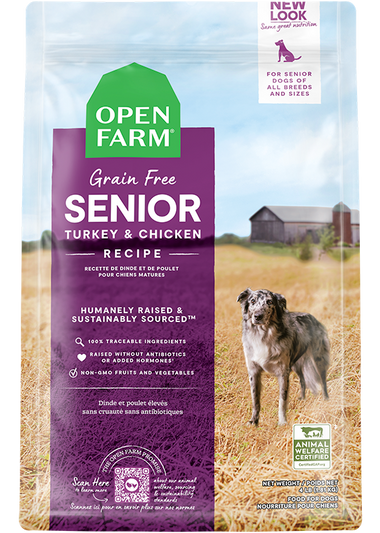Understanding Dog Years: How to Convert Your Dog's Age to Human Years
The Common Myth: One Dog Year Equals Seven Human Years
Conventional wisdom has it that one dog year equals seven human years. Well, this isn’t entirely accurate. The truth is dogs mature more rapidly in their first few years, while the rate they age at declines as they get older. Larger breeds also tend to age faster than smaller breeds. Generally speaking, a one-size-fits-all approach to calculating dog years isn’t very precise. Let’s dig a bit deeper and get a more detailed understanding.
How to Convert Dog Years to Human Years
- The First Two Years:
- The first year of your dog's life equals roughly 15 human years.
- The second year adds about nine more human years.
- When your dog turns two, they’re around 24 in human years.
- After Two Years:
- Each additional year is generally considered to add about five human years for smaller breeds and six for larger breeds.
Dog Years Chart: Age Equivalency for Different Sizes
To make things easier, here’s a dog age chart to quickly calculate your dog’s age in human years based on their size.
|
Dog’s Age
|
Small Breed (20 lbs or less)(Human Years)
|
Medium Breed (20 to 50 lbs) (Human Years)
|
Large Breed (Over 50 lbs) (Human Years)
|
|
1 Year
|
15
|
15
|
15
|
|
2 Years
|
24
|
24
|
24
|
|
3 Years
|
28
|
28
|
30
|
|
4 Years
|
32
|
32
|
35
|
|
5 Years
|
36
|
36
|
40
|
|
6 Years
|
40
|
42
|
45
|
|
7 Years
|
44
|
47
|
50
|
|
8 Years
|
48
|
51
|
55
|
|
9 Years
|
52
|
56
|
61
|
|
10 Years
|
56
|
60
|
66
|
|
11 Years
|
60
|
65
|
72
|
|
12 Years
|
64
|
69
|
77
|
|
13 Years
|
68
|
74
|
82
|
|
14 Years
|
72
|
78
|
88
|
|
15 Years
|
76
|
83
|
93
|
This chart shows that converting dog age in human years varies slightly depending on the size of the dog. Generally, smaller breeds live longer than larger ones, and the rate of aging increases with size.
Why Age Conversion Varies By Breed and Size
How to Convert Human Years to Dog Years
- A 10-year-old child is roughly the same age as a 1-year-old small dog.
- A 21-year-old adult is comparable to an almost 2-year-old dog.
- A 40-year-old adult aligns with an 8-year-old medium-sized dog.
Why Understanding Dog Years Matters
- Puppies need nutrients and exercise suitable for growth, just as young children need specific attention to their developmental needs.
- Middle-aged dogs (between 5 and 9 years, depending on the breed) may need a more balanced diet, with an eye on weight control and joint health.
- Senior dogs (typically over 9 years) need foods and exercise routines that support their slowing metabolism and can benefit from regular veterinary checks for age-related health concerns.




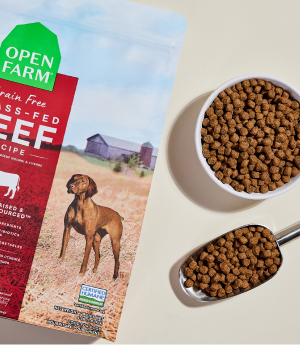
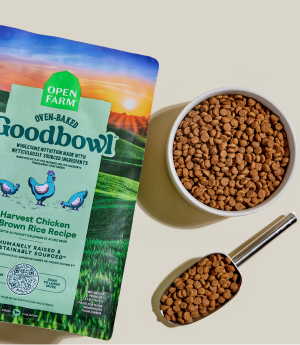


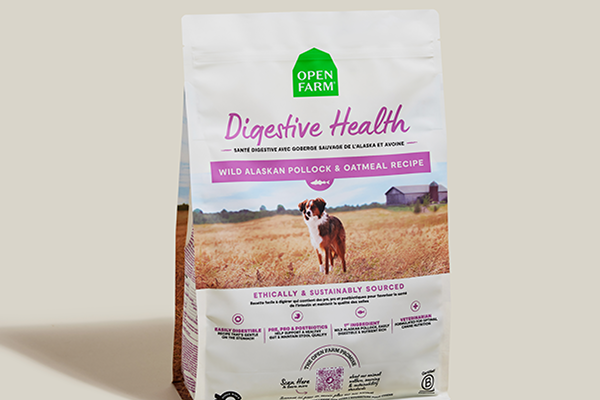


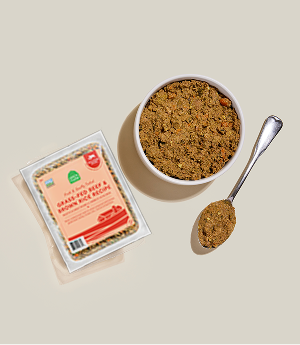


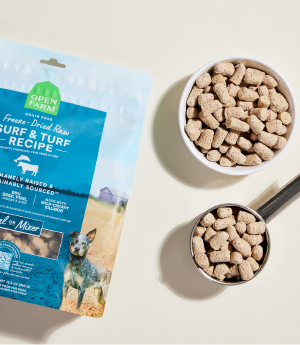
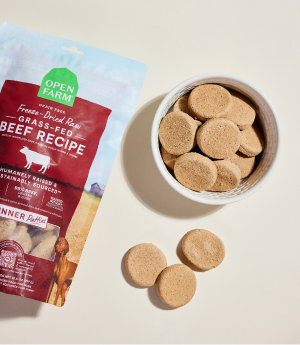
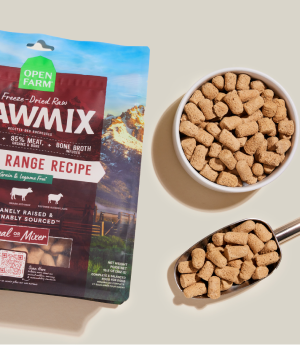

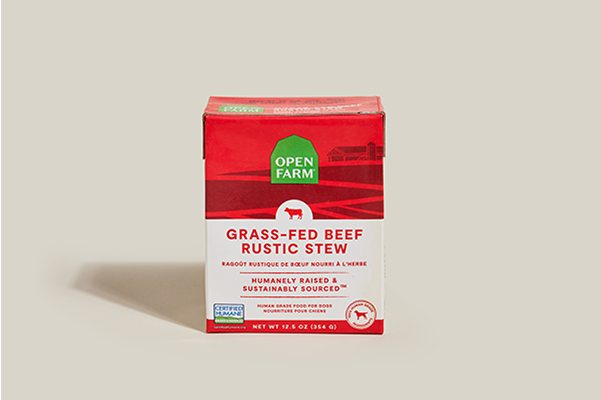
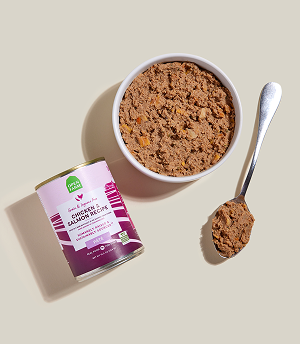
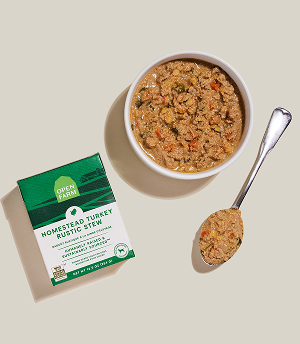



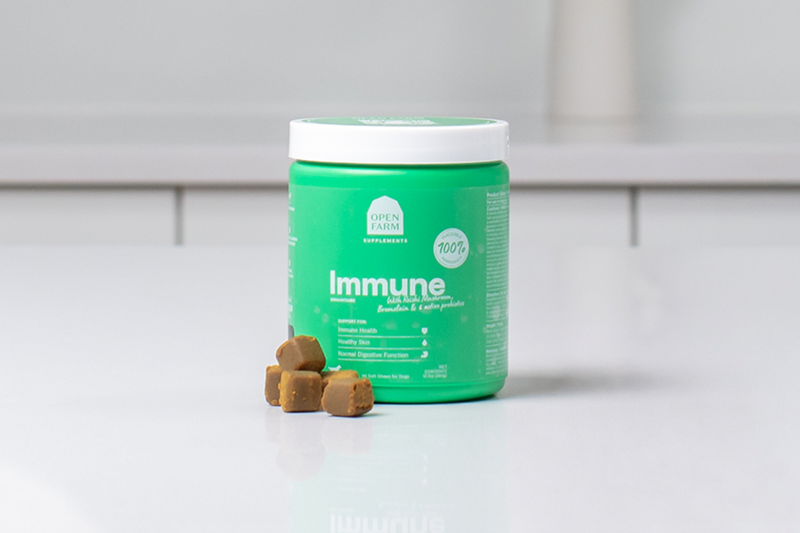
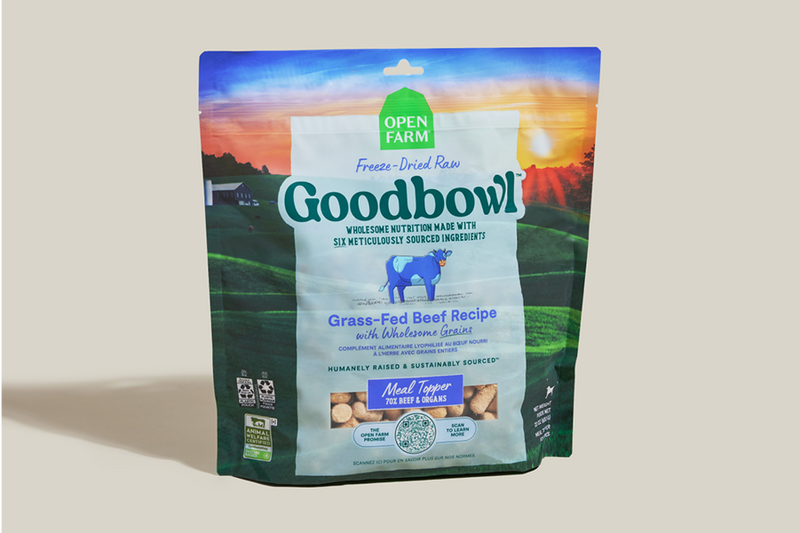




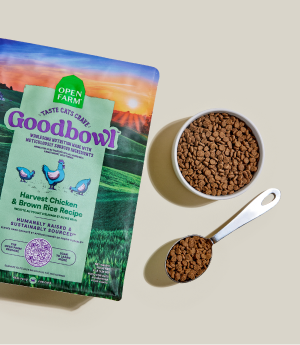
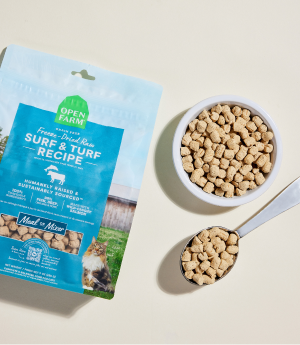

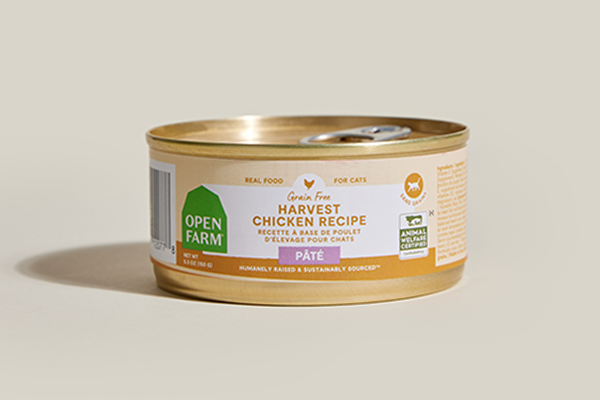
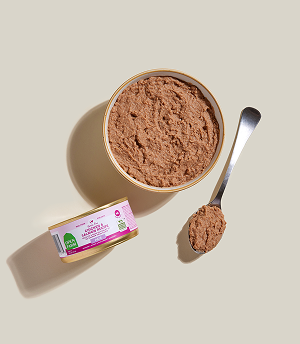
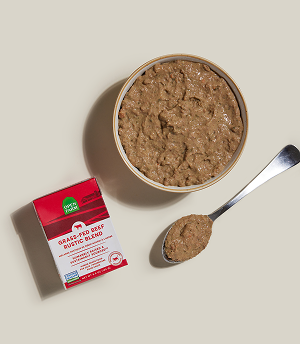





 Sign In
Sign In
 Create Account
Create Account




